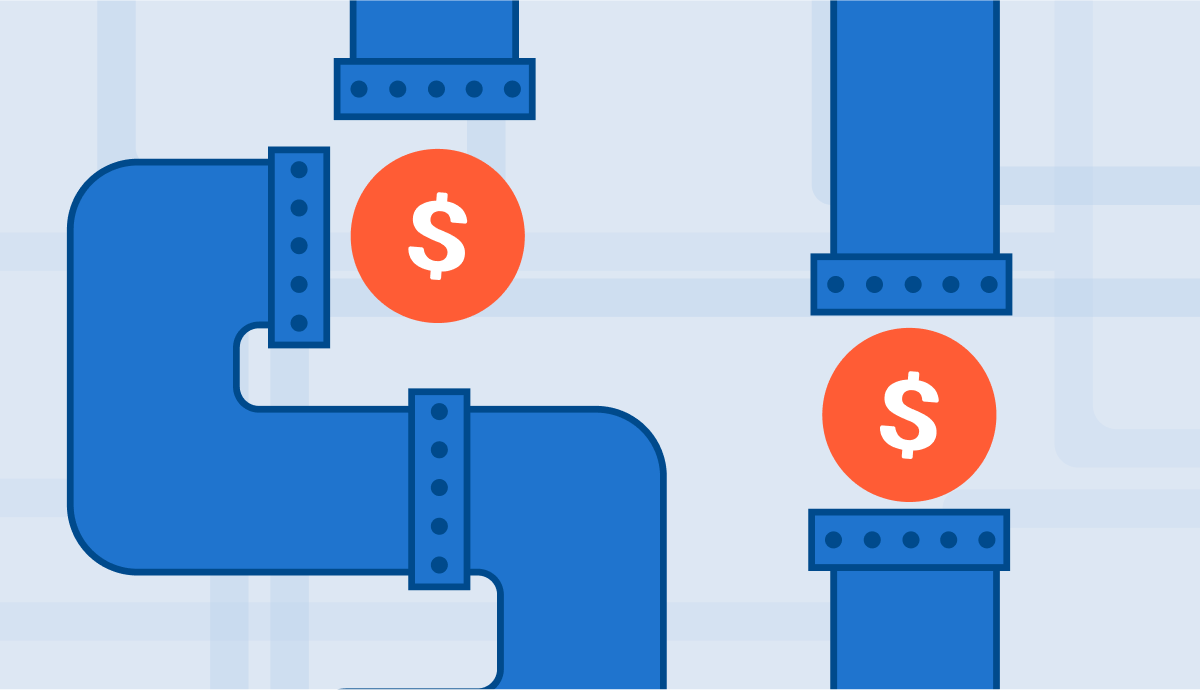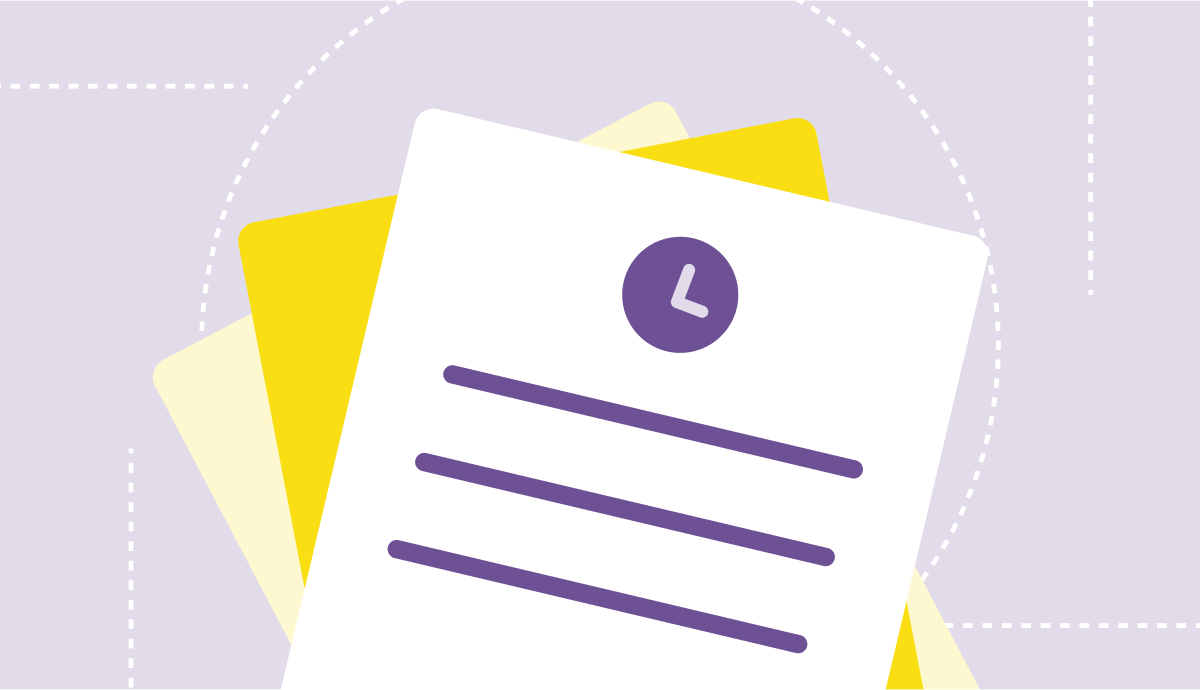For professional services firms, profitability is a primary goal. But what if not every billable hour contributes to the bottom line? That means your company might have a problem with revenue leakage. Here’s how to solve them.
What’s in this article?
- What is revenue leakage? Definition
- What are the causes of revenue leakage problems?
- What is the example of revenue leakage?
- How to identify and prevent revenue leaks?
What Is Revenue Leakage? Definition
Revenue leakage (also known as revenue leaks, revenue loss or revenue pipeline leakage) is the difference between the amount of money earned and the actual amount collected that is usually unaccounted for due to financial or administrative errors.
The root causes of the revenue leaks might vary depending on the industry, market conditions and internal processes. In general, such issues can usually be tracked back to problems with invoicing, billing or financial processes, often despite numerous audits and advanced chains of approvals.
Why Are Revenue Leaks Such A Pressing Issue?
Losing any profits – especially unknowingly – is a great risk for any business. Revenue leaks might be a symptom of not one, but many such losses.
With numerous underlying conditions that can be responsible for that situation ranging from human error to insufficient billing systems, revenue leakages can go unnoticed and grow exponentially in just weeks or months. But what does it mean for your business?
What Are the Risks of Revenue Leakage?
- Loss of Revenue and Dropping Profitability. Revenue that should be earned but goes unbilled or uncollected significantly impacts bottom-line performance.
- Cash Flow Issues. With significant revenue loss, limited income can affect liquidity, making it harder to meet operational costs or invest in growth opportunities.
- Dropping Customer Satisfaction Rates. Incorrect invoices, billing errors and everchanging pricing – these three critical issues are more than likely to impact the relationship between company and customer, or even destroy it altogether.
- Operational Risks. Low utilization rates, problems with time tracking and plummeting productivity have a negative impact on your income. Still, with lack of a comprehensive overview, firms may not recognize how effectively they’re deploying their workforce or assets and might not address the issues.
- Competitive Disadvantage. Error-prone revenue streams might become a root cause of delays, contract violations or even legal issues, worsening the company’s market position.

Example of Revenue Leakage
To calculate revenue leakage and identify the causes of lost revenue, we first have to know where to look for it.
In general, the underlying cause of revenue leaks can be found in administrative departments, such as sales, billing, accounting, and finances. Usually, the examples of revenue leakage in those teams include:
- Unbilled or Underbilled Services, when work performed is not fully invoiced, generating more costs than income.
- Missed Time or Expense Entries, due to which the costs of billable hours or overheads are not accounted for.
- Scope Creep Without Change in Invoices. As a result of changes in the project scope, extra work might be done without charging the client.
- Contract Changes and Pricing Errors, for example: overlooking renewals, missing rate increases, or incorrect discounting policy.
- Poor Data Integration Across Systems leading to insufficient overview and billing and invoicing errors.
- Manual Human Error and Inaccurate Billing Process, such as missed decimals or incorrect project cost management.
Common Causes of Revenue Leakage
The root causes of revenue leakage might differ between companies in different industries and using varying processes. The most common problems impacting revenue management usually include:
Inefficiencies in Operational Processes
Manual data entry and minimal amount of standardized workflows might be enough for small companies, but in larger organizations they are one of the most common causes of the lost revenue. Billing, time tracking, or contract details entered manually are prone to errors that often worsen due to missed steps in poorly documented processes. The result? Mistakes on invoices, payment delays and money slipping through the cracks.
Poor Time and Expense Tracking
Time is money – and that proverb rings particularly true for professional services companies that rely on the billable hours to generate profits. Still, when employees forget to track them or are unwilling to add additional expenses to the billing system, creating accurate invoices becomes a much greater challenge. This can quickly lead to operational inefficiencies, and, consequently, revenue leakage.
Problems with Contract and Scope Management
Projects do change, but scope creep is rarely merciful to those who ignore it. Without proper project portfolio management, unmanaged changes might lead to mistakes in capacity management, failure to enforce contract terms, delays in projects and, consequently, lack of payment at its end. That chain reaction is often the beginning of revenue leaks.
Human Errors and Communication Issues
Can you see all the expenses filed by your employees? That limited visibility of key information combined with inevitable human errors can quickly ruin your project budget. When project teams don’t inform finance of completed work or they do not track it, milestones can go unbilled, leaving the company with not only problems in manual processes,
Outdated Systems
CRM, project management, and billing tools that don’t talk to each other result in dropped data and missed charges. They can also limit the transparency in your business, contributing to the growing number of human errors.
By using designated tools for task management processes such as BigTime, or integrating them with the tools of your choice, you can introduce automated features to your digital environment, streamline communication and make sure no invoice goes missing and no billable hour will be unaccounted for.
Inaccurate or Incomplete Data
Incomplete billing details might delay your billing by hours, days, or even weeks – and that’s when you know where to look for them. And what if they are not entirely correct? Errors in data might cause even more trouble, providing inaccurate information on critical components like new users, project phases, or services, and leading to completely incorrect billing.
How to Find and Prevent Revenue Leakage?
Knowing what common mistakes you can expect to find in your revenue generation is one thing; identifying and fixing revenue leaks is completely different. To make things worse, revenue leakage is often not the result of a single failure, but rather a combination of breakdowns across people, processes, and systems. Revenue assurance can help you determine which of those processes are causing revenue leakage.
To combat revenue leakage, project managers need to:
Identify Revenue Leakage
Business’s revenue management consist of dozens of factors influencing the cash flow. To see which one of them is the culprit, companies need to take a closer look not only at the billing procedures, but also:
- The Entire Revenue and Billing Cycle (Quote-to-Cash). Review each stage from sales data and contracting, through service delivery, time/expense tracking, billing, and collections, as revenue leakage can occur at every stage of customer contracts.
- Earned vs. Billed Revenue. In poorly organized companies, the amount of the invoice is often lower than the amount spend on the project. To stop revenue leakage, project managers need to identify which project suffer from a similar condition – and what is their root cause.
- Analyze Resource Utilization. Profit margins are not only a matter of payments, but also your resource management. Unused or unaccounted time, especially from billable resources, often means missed revenue.
- Review Contracts and Agreements. Check for rate increases, scope changes, usage limits, and milestone-based billing that may be unenforced, or unexpected discounts that could affect your income.
- Investigate Project Profit Margins. Projects consistently delivering below expected margins may be leaking revenue due to scope creep or unbilled effort.

Improve Key Processes
Reducing revenue leakage starts at the backbone of your company – your processes. When workflows such as time tracking, billing, project management, and contract enforcement are streamlined and standardized, it becomes much easier to capture and convert all earned value into actual income.
Additionally, improved visibility through real-time dashboards and cross-functional communication ensures that all departments—from sales to finance—are aligned and working with accurate data. Together, these enhancements reduce manual errors, close gaps between service delivery and revenue recognition, and ensure that the business collects the full value of the work it performs.
Work on Your Pricing Strategies – And Enforce Them
Revenue maximization starts with putting the right price tags on your project. Create a coherent pricing strategy applying to all types of projects in your organization to ensure revenue efficiency across the board. Proceed with caution when using promotional pricing; overusing preferential rates might not only reduce your pricing accuracy, but also lead to revenue leakage in the future.
Validate Data and Automate Analytics
Outdated customer information, manual invoicing, data stored in different systems… Those are just a few of dozens of examples of recurring problems for any billing analysts. By eliminating them and implementing automated processess, such as reporting and invoicing, you can ensure that:
- All of your employees, both specialists and managers, are on the same page.
- Executives always have access to the right data and can make the right calls when necessary.
- All the approvals are in place before automate billing happens.
- Invoices will always appear in your customers’ inboxes on time.
Start Using Tools That Help You Identify Revenue Leakage
It’s hard to monitor every working hour and every penny in an Excel spreadsheet. To make sure that no manual business process will escape your attention and revenue collection functions as intended, let automated solutions oversee such processes for you.
Finance management software, such as BigTime, specialize in facilitating such processes. In the case of BigTime, such solution can help you:
- Oversee every expense—ranging from employee wages to project-specific costs and organizational overhead.
- Track project budgets live to stay aligned with financial goals and resource limits.
- Gain full visibility into overhead spending to better manage and minimize unexpected expenses.
- Convert recorded time into billable costs and seamlessly turn projects into revenue.
- Create customized, automated invoices using comprehensive project and time data.

Key Takeaways: Revenue Leakage
While revenue leakage is rarely rooted in just a single issue,
Make Revenue Leakage Disappear with Finance Management Tools
Fortunately, identifying, fixing and preventing revenue leaks doesn’t have to take that much time. With designated tools, it just takes seconds.
In BigTime, you can:
- Manage all the costs, from peoples wages, to projects and company overheads.
- Monitor the use of project budgets in the real-time.
- Control additional costs with a complete overview of all overhead costs.
- Turn tracked time into costs and projects into income.
- Generate automated, branded invoices based on all that information.
- See the money appear in your account – yes, we do include payments in our system!
Don’t waste another minute tracking that revenue leakage – find it in seconds with BigTime!
Book a demo to see what we can do for you!




